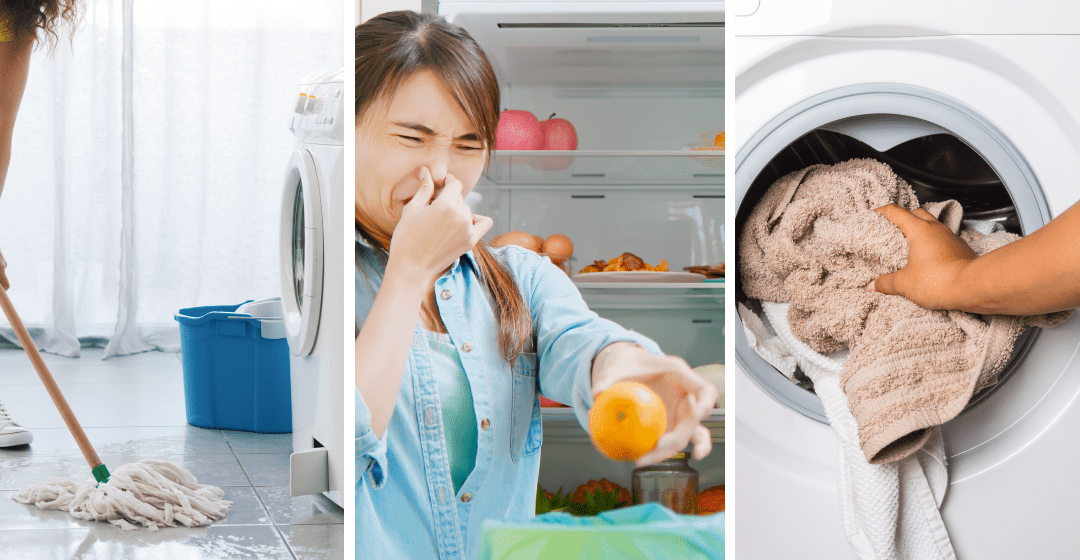
Mar 12, 2024 | Energy Efficiency
Appliances never break down at convenient times. It’s almost a rule of thumb. The key is to have a replacement in mind before you need to make a hasty decision. Luckily, there are ways to know when an appliance may be nearing the end of its life. If you see any signs that one of your appliances is wearing down, now is the time to prepare by researching an energy-efficient replacement. It’s a savvy move that can save you $210 to $550 over the lifetime of the new appliance. Plus, it will reduce a lot of stress in your life.

Is your refrigerator sick and tired? Here are some signs that time for a replacement is near:
- The back feels extremely hot.
- Food spoils even when the setting shows the correct temperature.
- There is an excess of frost in the freezer, or moisture inside and outside of the fridge.
- It’s over a decade old. The average life cycle of a refrigerator is 12 years. *
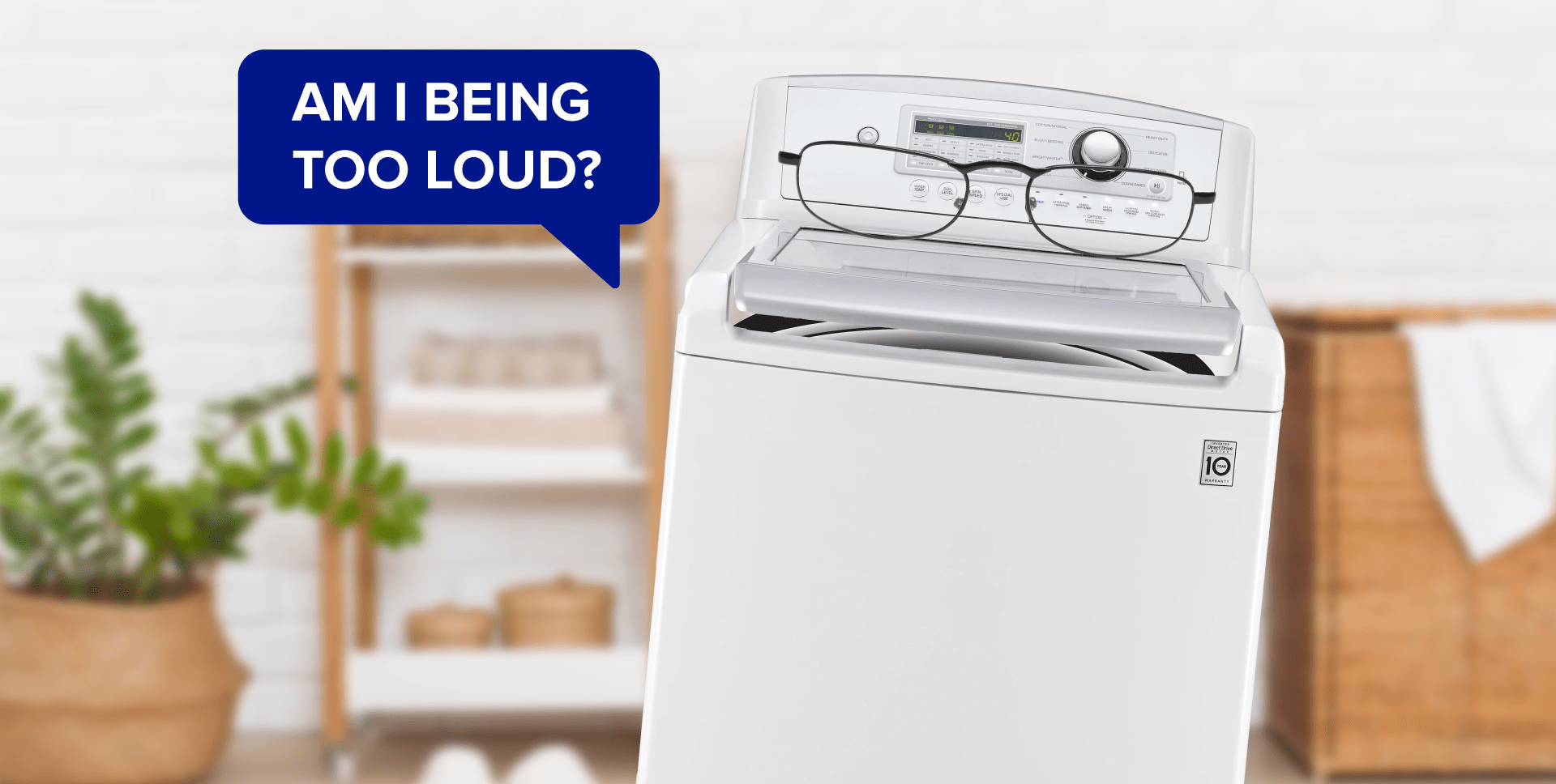
Is your washer cranky? Unreliable? Here are signs that it may be washed up.
- A loud, persistent noise.
- Water leaking from the washer.
- The washer is not draining properly.
- It’s at or over 13–14 years old. †
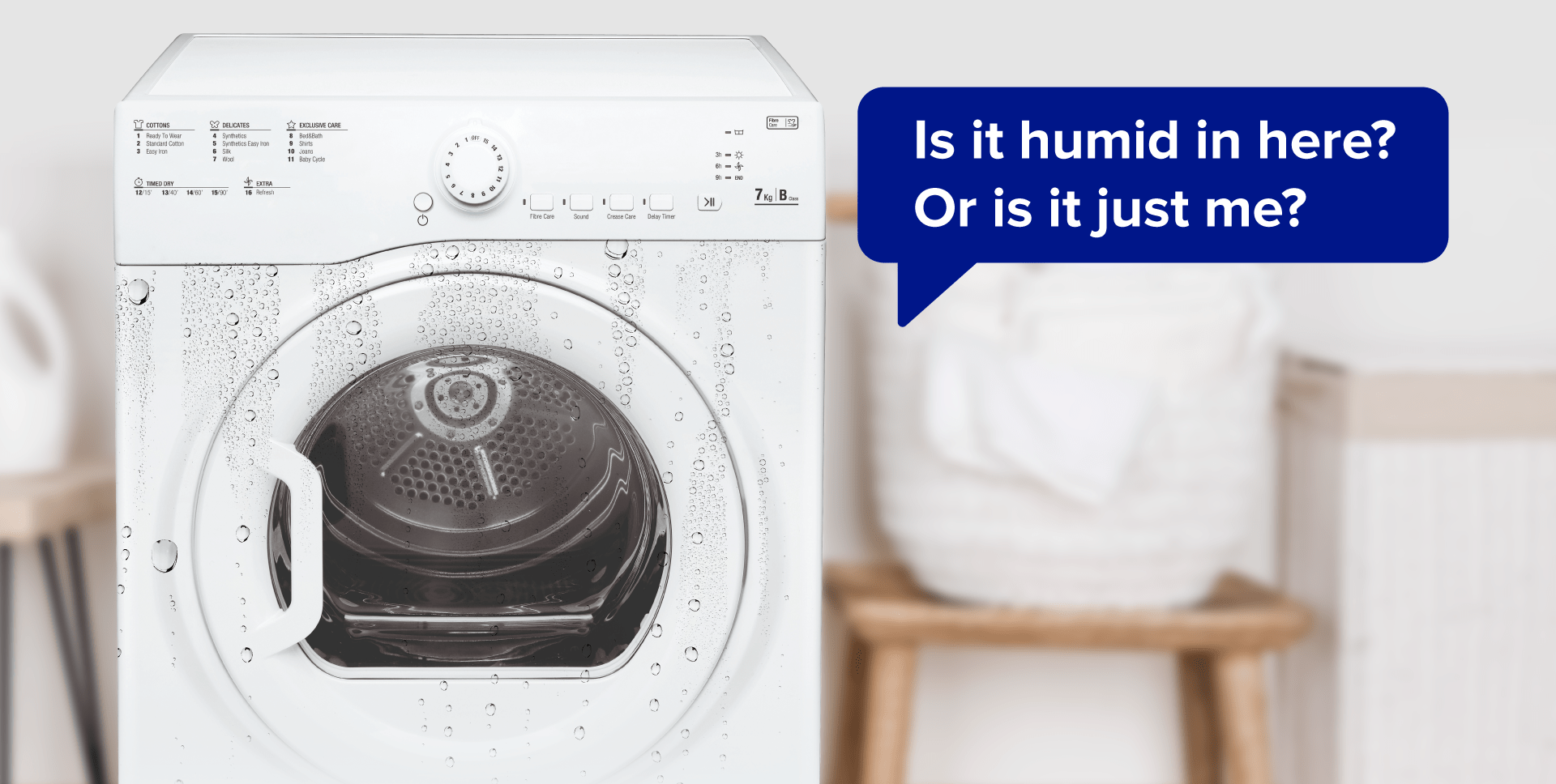
If your dryer is doing more complaining than drying, it could be that time. Here are some signs:
- Loud or unusual noises.
- Clothes never seem to get dry.
- Smoky odor or any potential electrical issues. (Safety note: Always consult a trained electrician when dealing with these issues.)
- The dryer is past its prime. The average dryer life cycle is 12–16 years. *
Find out how much you can save when you plan for an energy-efficient future …

Cool savings with an ENERGY STAR® refrigerator!
The ENERGY STAR list of most efficient appliances for 2024 is now available. Check out this year’s most efficient refrigerators and other appliances. Replacing your old refrigerator with a new ENERGY STAR certified one can save about $230 over the lifetime of the product.* A new model may qualify for a $50 rebate, and when the time comes, we’ll help you recycle your old one, and give you another $50!
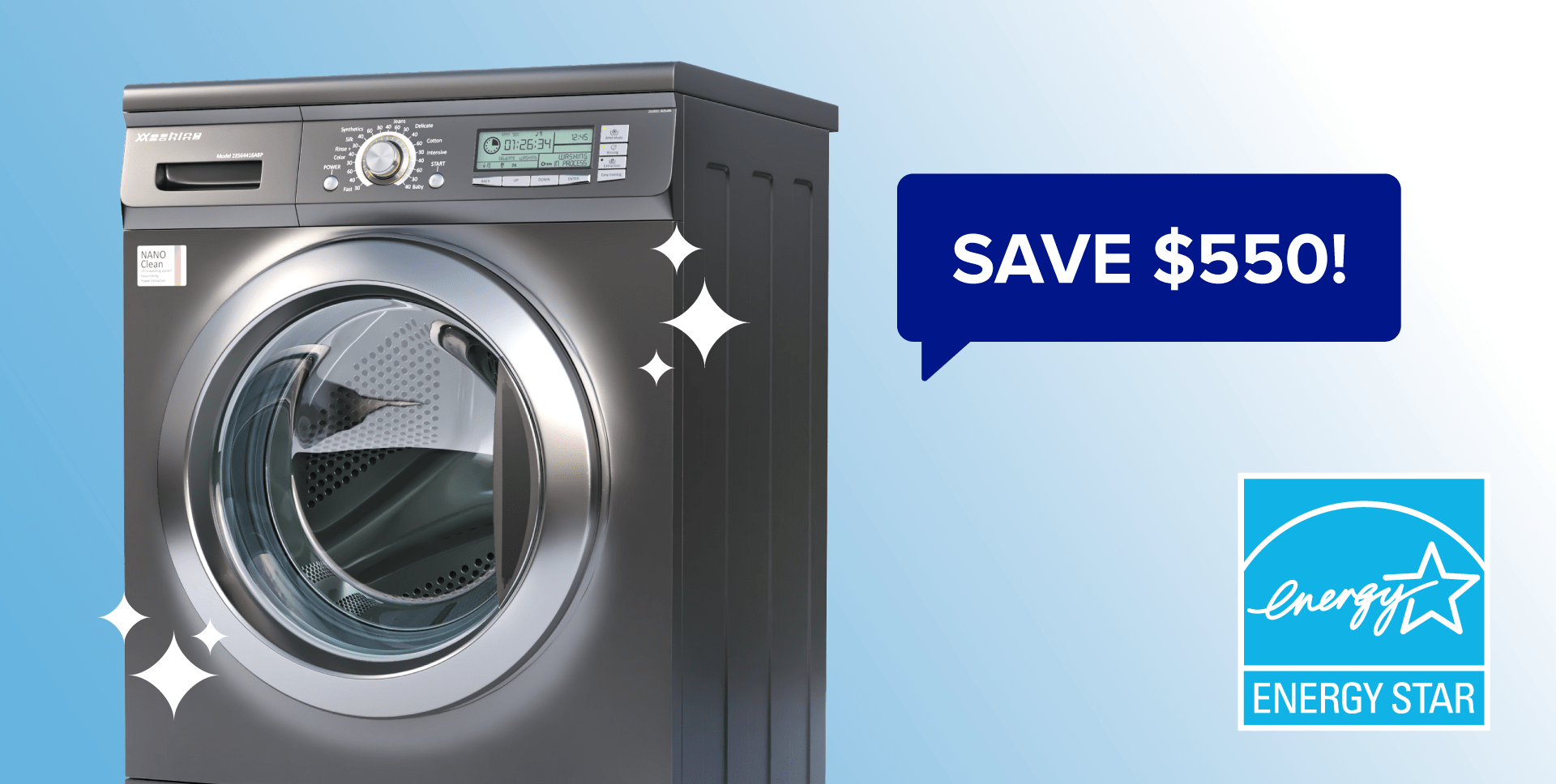
Save big with an ENERGY STAR washer!
Replacing your washer with a new ENERGY STAR certified option can save you $550 in energy costs over the lifetime of the product, and reduce water use by 30%. * Plan for your replacement now. Check out the ENERGY STAR list of most efficient washers for 2024.
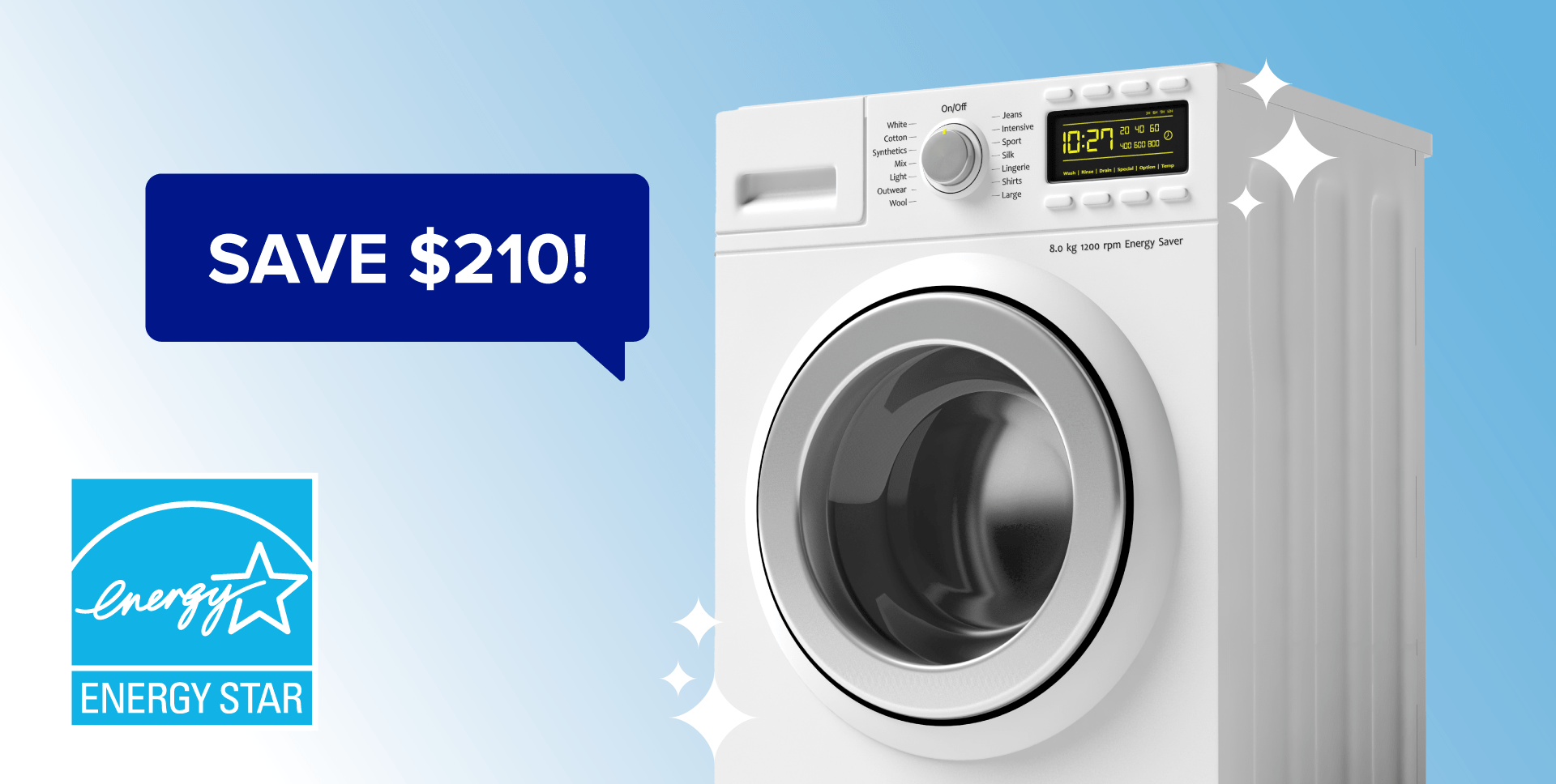
With an ENERGY STAR dryer, the savings add up!
A full-size, electric ENERGY STAR certified dryer can save you $210 in energy costs over the life of the product. * Know what model you want to replace yours with before it breaks. Check out the ENERGY STAR list of most efficient dryers for 2024.
There’s money hiding in your home, and a few simple changes can help you find it! Learn more about these and other ways you can save with PPL.
*According to ENERGY STAR.
†According to: Department of Energy.

Mar 6, 2024 | Customer Service
We know one size doesn’t fit all – that’s why we offer a variety of different options to pay your bill. Whether you prefer the convenience of AutoPay, paying online with your credit card or still like to pay via one of our payment centers, we’ve got you covered. Check out all of your options below:
Checking or savings account – Make a one-time payment on the date of your choice. You can save your information or even schedule a future payment, as long as it’s before your due date. If you don’t want to pay online, you can also use your checking or savings account information to pay via a customer service representative or our automated phone system.
AutoPay – Enroll with your bank account information and we’ll process your payment free-of-charge on your due date.
Text to pay – Text “Pay” to TXTPPL (898775) and we’ll process your payment immediately.
Credit card – Process a secure payment with your credit card either online, through our automated phone system or with a customer service representative for a small fee.
Payment center – Find a local bill payment center and make a cash payment for a $2 fee.
Mail – You can always mail a check with your monthly bill.

Feb 8, 2024 | Energy Efficiency
Holidays can sometimes call for spending, but they can also mean saving. This Valentine’s Day, and throughout the month, help those you care about be more comfortable while saving on energy costs with these simple home improvements and actions.
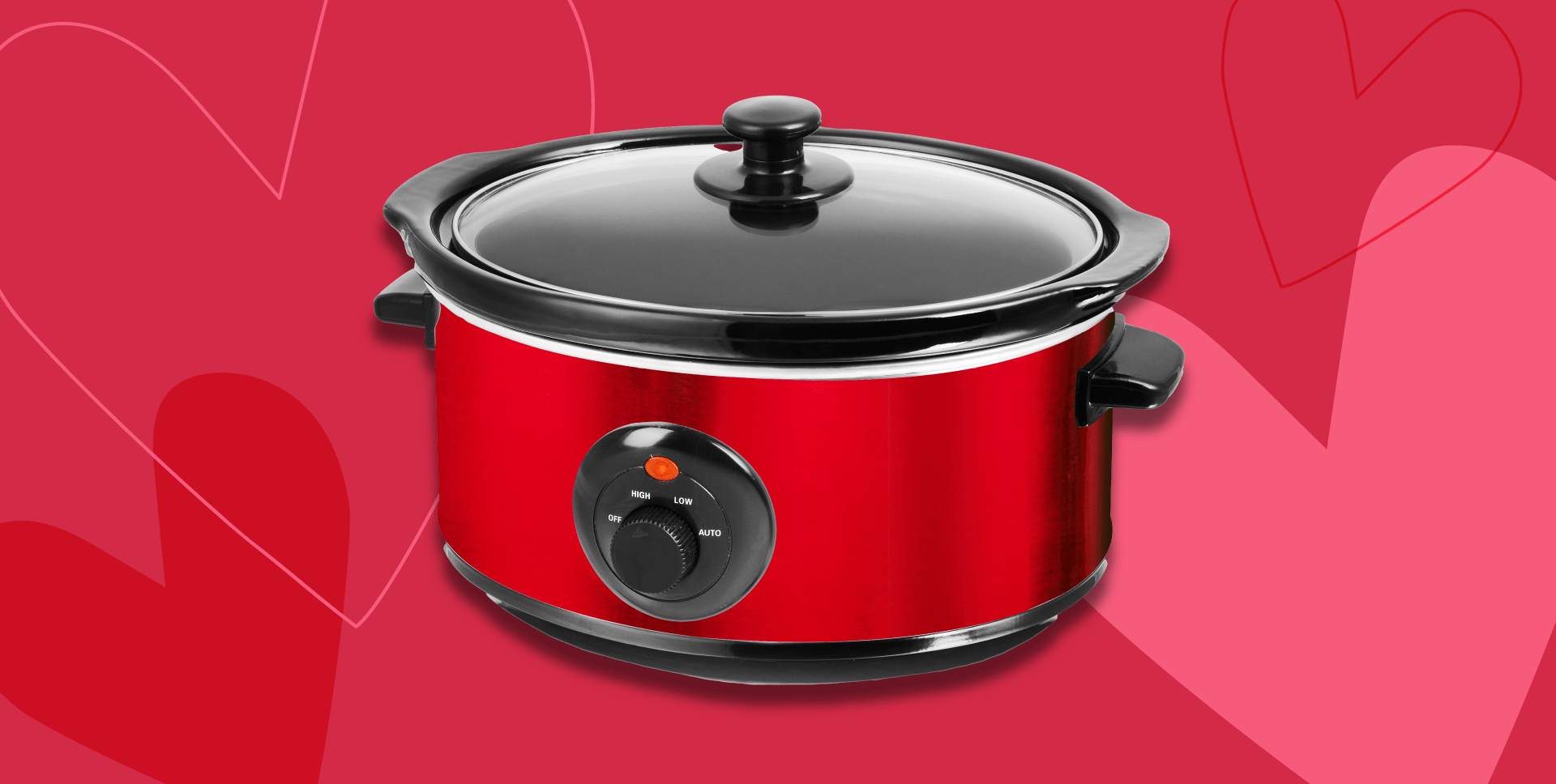
Date night
#1 Get prepped. Assemble all your ingredients and do all your chopping and prepping before you turn on your electric cooking appliances.
#2 Take it slow. Make someone special in your life a slow-cooked meal like this slow-cooker chicken teriyaki. Slow cookers are more energy efficient than making a meal in the oven.
#3 And don’t forget the ambient lighting. Skip the overhead lighting and add some LED candles to your decor for the evening. You’ll save energy while adding a warm glow.

Family night
#4 Get comfortable. Plan for energy-efficient comfort all evening long by adjusting ceiling fans to run clockwise, circulating warm air from the ceiling. That will allow you to lower your thermostat a few degrees. And don’t use kitchen exhaust fans or vents for more than 20 minutes. They pull cold air from outside.
#5 Stream efficiently. Stream your favorite movies or shows through your digital media player rather than your gaming console and use volume-leveling to make sure that loud commercials don’t interrupt your family time.
#6 Get crafty. Create tasty valentines for the whole family with this no-bake, valentine-heart fudge recipe.

Night out
#7 Get smart. Enjoy energy-efficient nights out all year long by installing a smart thermostat with a $50 rebate. A smart thermostat will save energy while you’re out and have the house warm and cozy again by the time you’re back home.
There’s money hiding in your home, and a few simple changes can help you find it! Learn more about these and other ways you can save with PPL.

Feb 5, 2024 | Reliability
We pride ourselves on delivering safe, reliable and affordable electricity to a variety of businesses across our territory. One company we’re especially proud to power, sits in the quaint town of Bethlehem and has been manufacturing marshmallow PEEPs® Brand marshmallow candies for the past 100 years.
If you’ve never heard of Just Born Quality Confections, its impressive manufacturing plant spans 14 acres, has 7 kitchens and uses 100 PSI of compression to whip marshmallow for 5.5 million PEEPS® per day. The Company operates industrial sized fans, blowers, steam, and refrigeration twenty-four hours a day, 5 days a week. Naturally, reliable power plays a critical role in their operations. An unplanned power outage would mean lost production time and a lengthy, sticky, cleaning process to ramp back up. This multi-generational, family-owned company acknowledges the importance of quality power to operate its busy plant.
“We use a huge amount of power to make PEEPS®, Mike and Ike® and Hot Tamales® Brand candies,” said Just Born Senior Manager of Engineering and Facilities, David Escott. “We are so grateful to PPL Electric Utilities’ strong electric infrastructure and the responsive support we receive from our key account manager, Javid. Our electricity has been highly reliable over the years,” said David Escott.
In addition to providing reliable power, we are focused on helping our customers save energy and drive efficiency through their operations. A few years ago, we recommended energy-efficiency measures to help reduce costs for the PEEP® Brand’s operations. Just Born replaced a chiller from the 1990s, earning them a $60,000 rebate. The new chiller saves the company approximately $70,000 a year in energy costs. Pretty sweet.
So, the next time you enjoy a pack of PEEPS®, Mike and Ike® or Hot Tamales®, remember the power it takes to create these sweet treats. Reliable power is important to Just Born, Quality Confections and Just Born, like all our customers, is important to us.
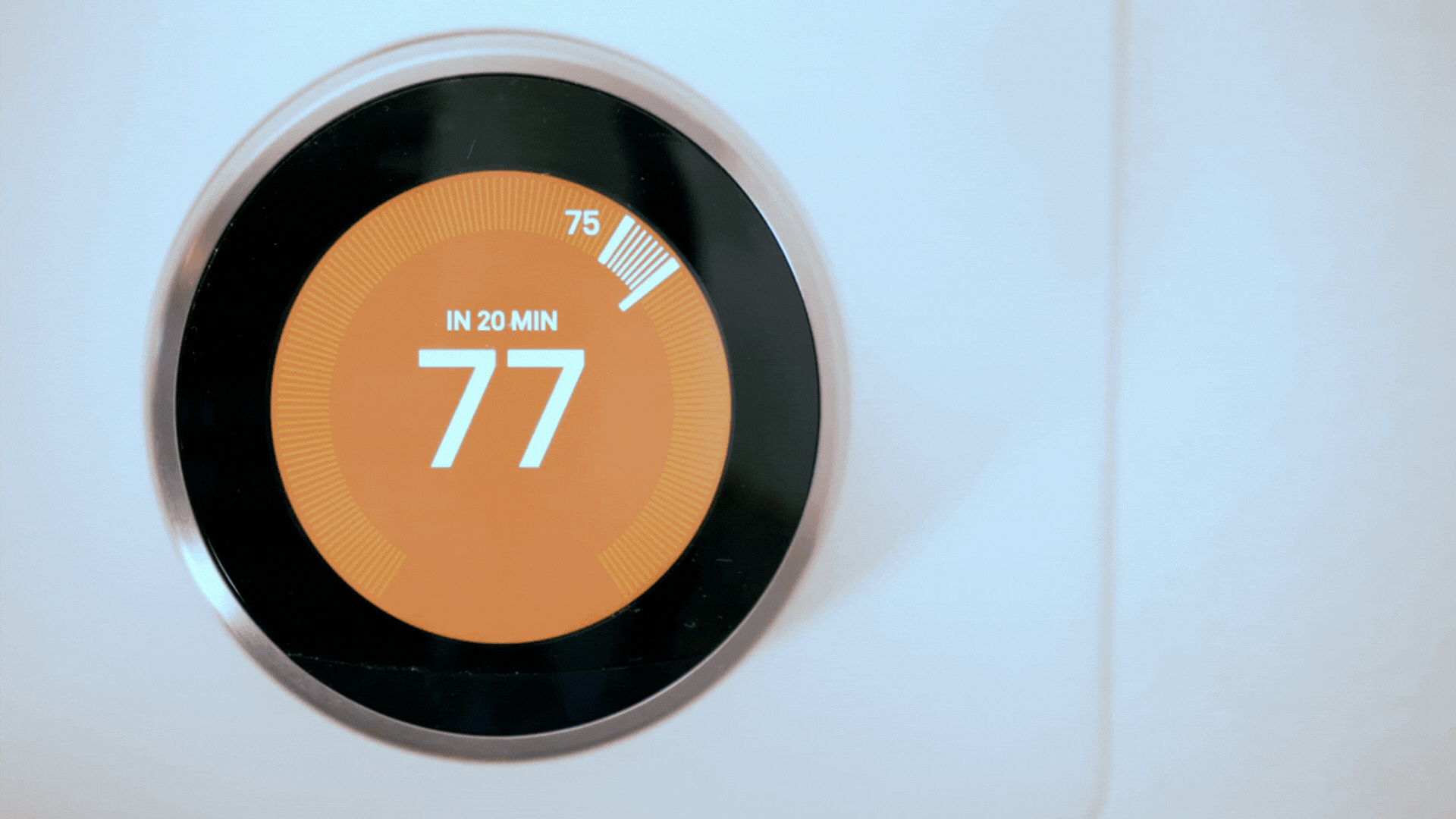
Jan 18, 2024 | Energy Efficiency
Our first cold spell of the year is here and with temperatures predicted to remain frigid for the foreseeable future, we want to help you prepare for the colder days ahead. A few simple steps can help you stay comfortable and save energy this winter.
Capture the sun’s light and heat. During the day, leave your curtains and blinds open to illuminate your rooms naturally and gain warmth from the sun. At night, close your curtains and blinds to prevent that free heat from escaping.
Prevent fireplace heat loss. When you’re not using your fireplace, keep the damper closed so warm air doesn’t escape through the chimney. Energy-efficient fireplace grates also help you save by pulling cool air out of your room and into the fireplace, while bringing warm air back in the room.
Reverse the direction of your ceiling fans. Sometimes we forget that ceiling fans are just as important for keeping you warm as they are for keeping you cool. Flip the switch to change the direction of the blades so they spin clockwise, which will push warm air downward.
Adjust the thermostat according to the time of day. When you’re home and awake, set the heat as low as it feels comfortable. Aim for 68 degrees as an optimal temperature. Wearing warmer clothing or grabbing a blanket can help keep you cozy. Then, while you’re sleeping or out of the house, lower the thermostat by 7°-10°. Doing so for at least 8 hours can save up to 10% on your heating bill. A programmable thermostat will make it easy to save. You also don’t have to heat all rooms equally. Using an energy-efficient space heater in your most common rooms allows you to keep the main temperature lower.
Find and seal air leaks. Inspect all your doors, windows and ductwork for gaps that could leak heat from your home. Many of these cracks and leaks can easily be fixed with caulk and weatherstripping, which can add up to big savings. Notorious culprits for air leaks are gaps around chimneys and recessed lights in insulated ceilings, and unfinished spaces behind cupboards and closets.
Maintain your heating system. Basic maintenance of your HVAC system, such as regularly replacing the air filter, can save money and increase your comfort. Dirty filters trap dust and particles that can reduce airflow, which makes your system work harder. This takes longer to heat your home and drives up costs. Check your air filter every month, and if it’s dirty, replace it. Your filter should be changed a minimum of once every three months.
Check your water heater settings. Lowering the temperature of your water heater by just 10° can save you up to 5% on heating costs. The Department of Energy recommends setting it at 120°F.
Schedule a free energy assessment. Looking for additional ways to save? A good next step is to schedule a virtual energy assessment with a trained energy advisor. They will provide you with recommendations on incentives available for upgrading to energy-efficient equipment, and you’ll receive a personalized energy savings kits with upgrades to help you start saving right away.
Following these simple energy efficiency tips can help you save energy and money this winter. For more information on the variety of tools, tips and programs we have available for you to save, visit savewithppl.com.














